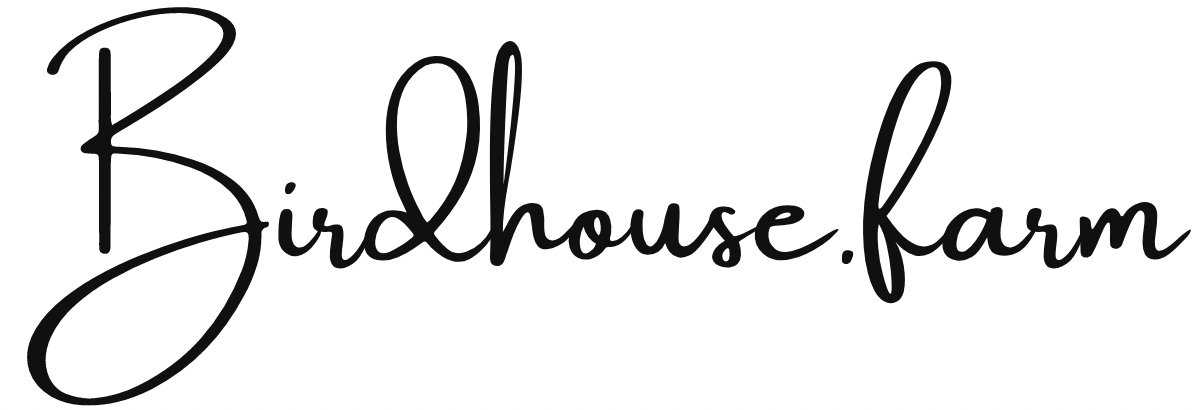Embracing the Natural Cycle: What Nature Teaches Us About End-of-Life Planning
In the heart of every changing season, nature reminds us of life’s inevitable cycle—growth, flourishing, fading, and renewal. Just as the trees shed their leaves in autumn, making way for new buds in spring, so too do all living beings follow this rhythm. Death is not a failure or an end; it is a natural, essential part of life. Yet, as a society, we often struggle to acknowledge and prepare for it.
End-of-life planning is not about dwelling on mortality—it’s about embracing the full cycle of life with intention, grace, and clarity. It’s about ensuring that our passing, like the falling of leaves in autumn, is not chaotic but peaceful, allowing space for those who remain to find beauty and meaning in the transition.
Death in Nature: A Teacher of Life’s Transitions
In the natural world, death is not something to be feared or avoided. It is woven into the fabric of existence, sustaining the balance of ecosystems. A fallen tree in the forest does not mark an ending—it provides nourishment for the soil, shelter for creatures, and space for new growth. The same can be true for our own passing; by planning for it, we leave behind a legacy of love, clarity, and preparation that supports those we cherish.
Birds migrate, flowers bloom and wither, rivers carve their way through landscapes only to dry and reshape. Nature does not resist change—it flows with it. When we acknowledge that death is as natural as birth, we can begin to approach it with openness rather than fear.
Why End-of-Life Planning Matters
Avoiding conversations about death does not stop it from coming. What it does, however, is leave behind uncertainty for our loved ones. End-of-life planning is a gift—a way to ease burdens, provide clear wishes, and ensure dignity in our final moments.
Here’s how you can approach it with the same wisdom that nature teaches us:
1. Accept That Change is Part of the Journey
Just as the seasons shift, so too do our needs, beliefs, and desires around end-of-life care. Whether you’re young and healthy or aging and reflecting, having a plan in place allows you to move forward with peace of mind. Start with small steps:
Consider what kind of care you’d want if you became seriously ill.
Talk with loved ones about your wishes.
Begin drafting an advanced directive or living will.
2. Leave the Forest Better Than You Found It
When a tree falls in the woods, it nourishes future generations. The same can be said of the legacies we leave behind. Estate planning, ethical wills, and clear end-of-life wishes allow us to continue shaping the world after we’re gone. Some ways to do this include:
Writing letters to loved ones.
Creating a will that reflects your values.
Considering eco-friendly burial options to return to the earth gently.
3. Trust the Natural Process
Death is not something to fight against; it is a transition. In nature, nothing truly disappears—matter transforms, energy shifts, and life continues in new forms. By making space for discussions about death, we create an environment where it is not feared but understood.
Have open conversations with family about your end-of-life values.
Seek out community support, such as end-of-life doulas or planning collectives.
Reflect on what a "good death" means to you.
Finding Beauty in the Ending
When we walk through the woods in autumn, we don’t mourn the falling leaves—we marvel at their colors, we savor the crisp air, and we trust that spring will come again. End-of-life planning is not about fixating on loss but about ensuring that, when our time comes, we transition as naturally as nature intended—supported, honored, and at peace.
By taking steps now, we shape our final moments with as much care as we shape the rest of our lives. And in doing so, we remind ourselves and others that death, like nature, is not something to be feared, but something to be embraced as part of life’s great and beautiful cycle. At Birdhouse.farm, we offer guidance to help you navigate this journey, from thoughtfully designed workbooks that walk you through essential end-of-life planning to hands-on assistance in creating a plan that reflects your values. Whether you're starting the conversation or finalizing details, our resources and support help ensure that your transition is met with clarity, dignity, and peace.
